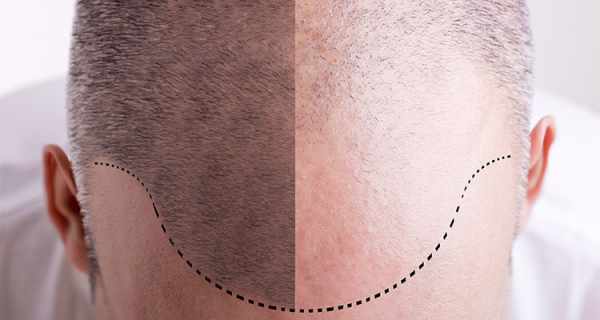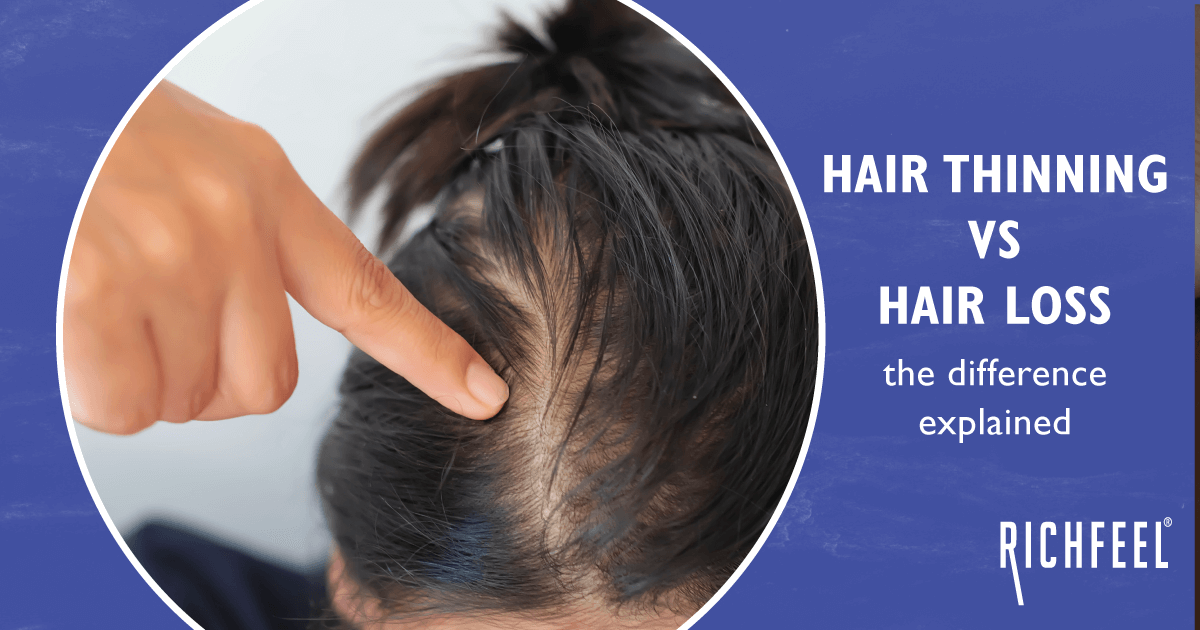Hair is body’s barometer. Have you heard? Scientists strongly feel that animals can sense changes in the environment before humans. Your hair too behaves somewhat in a similar fashion. As in, even before you realize an imbalance within your body, your hairs have already taken note of it and started shooting across signals to you. All that you need to do is, listen to the radars coming up above from your head.
Let’s take and talk one at a time. A growing concern among the masses in recent times, 7 letters from the alphabet, countless health hazards that it can bring along, starts with T, ends with D. Any guesses? Right! Smart audience indeed! And for the smarter who missed the title of this blog post, we reveal it again – T H Y R O I D!
Let’s crack this step by step.
What is Thyroid?
The thyroid gland is located in the neck and secretes mainly two hormones: thyroxin (T4) and tri-iodothyronine (T3). Both the hormones contain iodine and are produced from the amino acid tyrosine. These are metabolism-regulating hormones.
You will come across thyroid imbalance of two kinds – Hypothyroidism & Hyperthyroidism
The under-activity of the thyroid gland is called Hypothyroidism. It can lead to diffuse hair loss, brittle hair and nails, dry skin, lethargy, slow speech and weight gain. In some severe cases of hypothyroidism, the eyebrows are also affected and may begin to disappear.
Overproduction of thyroid hormones is referred to as Hyperthyroidism and it leads to diffuse hair loss, oily skin, weight loss, increased appetite, hyperactivity, excessive sweating, rapid heartbeat, muscle weakness, fatigue and beady eyes.
What’s the link between Hair & Thyroid?
The daily activity of the hair follicles is fuelled by the gland. The thyroid hormones play a significant role in regulating the hair growth cycle, apart from being a key element needed for new hair growth. An imbalance, either which way, thus has a direct connection to your hair.
The long and short of this story being the threat to your hairs and health. Whether it is hypo or hyper, your hair is not going to like either of the thyroid conditions and is bound to leave you!
Is this hair loss different from Female Pattern Thinning (FPT)?
Yes. It is. FPT is mostly visible at the crown of the head, or with noticeable thinning on top of the scalp.
In case of Thyroid Hair loss, it’s typically diffuse in nature and involves the whole scalp.
Going back to where we started – Hair is your body’s barometer – So how do you spot the thyroid imbalance through your hair? What should you watch out for?
Take hair fall seriously
Hair cells are some of the fastest growing cells in the body and its growth is affected when your body is under stress or in crisis. The enzymes secreted during a hormonal disorder change the hair-producing testosterone to dihydrotestosterone or DHT which attacks the hair follicles and makes hair brittle.
In the case of thyroid imbalance, hair cells are affected and this results in retarded growth and inferior hair quality. Sometimes, hair loss may stem from medicines taken to address the thyroid-related problem. If you are taking levothyroxine as your thyroid hormone replacement and still losing hair, you may need to take action. Prolonged or excessive hair loss may be a side effect of these drugs too. And this needs professional diagnosis and guidance. Once you spot the signs, it’s time to seek professional help; the earlier the better.
In simple words, these are the thyroid-related signs you need to watch out for:
- (A) Diffuse Hair loss
- (B) Poor hair texture
- (C) Dry and lanky hair
- (D) Brittle hair and nails
- (E) Disappearing eyebrows
- (F) Weight loss/gain
- (G) Hair Thinning
- (H) Retarded growth and inferior hair quality
Get professional help
While some of these listed signs are very visible to you, concerns like hair thinning are not something that you can spot on your own (until it reaches a progressed state). There comes the requirement of a professional to analyse the condition, take your medical history into cognizance, diagnose it for you using appropriate expertise and technology.
In recent times, various advanced technologies have been pioneered to help diagnose hair and scalp problems. Trichologists use various means such as capilloscopy, trichogram & such other advanced tech to study the hair & scalp. Treatments, customised diet-changes and supplements are then suggested to solve the concerns.
The takeaway for the women
To all the ladies out there! Like many other challenges that you face otherwise and fight them boldly and bravely, hair fall & balding are challenges that, thankfully, don’t need to be endured.
The overall rate of hair loss varies from person to person and some may even have spontaneous but temporary hair re-growth. Underlying systemic reasons like Thyroid problems, PCOD, fibroids etc are known to worsen the thinning quickly. Some women can take 25 years to reach baldness, and others might take just to go extensively bald. Intervention at the right time makes all the difference. You can read our blogs on women & hair loss for more information.
Are you stressed after reading this? Please don’t be. It will mess up your case all the more!
Don’t hesitate to reach out for professional help. Put your hair & health in front of your other demands!
While we are doing our best to keep you aware and ahead with the right information, we will also get you the solutions to your hair loss problems, on account of Thyroid, in our upcoming blogs. Keep watching this space!
We’ll catch you soon. Till then be stress-free, to remain tress-full!



